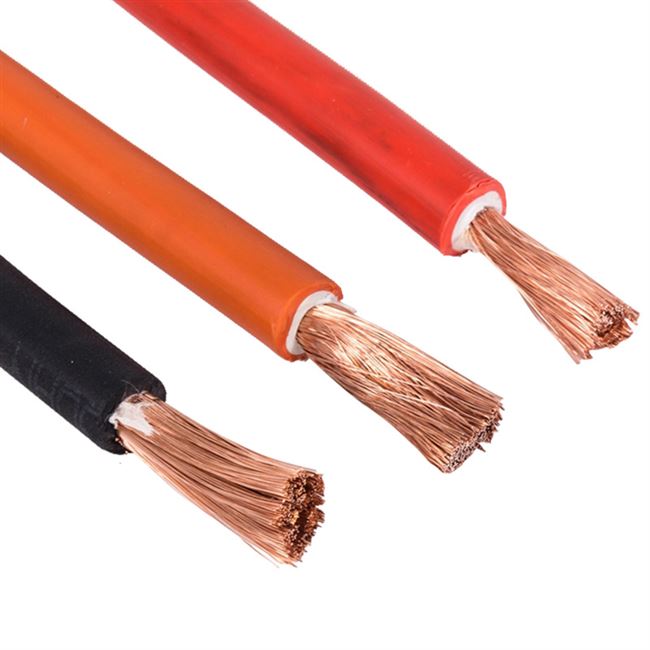The Importance of Power Cables in Modern Life
2025-03-25
Power cables are essential components in modern infrastructure, enabling the transmission of electricity for residential, commercial, and industrial use. From household appliances to large-scale power distribution systems, these cables ensure a reliable flow of energy, supporting daily life and technological advancements. With various types and specifications available, selecting the right power cable is crucial for safety, efficiency, and durability.
What Are Power Cables?
A power cable is an electrical cable used to transmit power from one point to another. It consists of conductors, insulation materials, and protective sheathing to ensure safe and efficient energy transfer. Power cables are used in various applications, including underground and overhead power lines, electrical devices, and industrial machinery.
Types of Power Cables
Different power cables are designed for specific uses based on voltage requirements, environmental conditions, and safety considerations. Low-voltage power cables are commonly used in homes and offices to power everyday electrical devices. Medium-voltage cables are used in industrial settings to distribute electricity efficiently across factories and facilities. High-voltage power cables play a critical role in transmitting electricity over long distances, connecting power plants to distribution grids.
Flexible power cables are widely used in portable devices and machinery that require frequent movement. Armored power cables, designed with additional protective layers, are ideal for harsh environments where durability and resistance to mechanical damage are required.
Importance of Quality and Safety
The performance of a power cable depends on its materials, design, and compliance with safety standards. High-quality cables reduce the risk of electrical failures, overheating, and fire hazards. Insulation and shielding protect against short circuits, while proper installation ensures long-term reliability.
Choosing power cables that meet international standards, such as IEC and UL certifications, guarantees safety and efficiency. Regular inspection and maintenance further enhance the lifespan of power cables and prevent potential hazards.
Future Trends in Power Cables
With advancements in technology, the power cable industry is evolving to support the growing demand for renewable energy and smart grids. Eco-friendly cables with recyclable materials and low environmental impact are gaining popularity. High-performance cables designed for electric vehicles and energy-efficient buildings are also shaping the future of power transmission.
Conclusion
Power cables are the backbone of modern electrical systems, ensuring the safe and efficient transfer of energy. Their role in powering homes, industries, and infrastructure highlights their importance in daily life. By selecting the right cables, following safety standards, and embracing new innovations, the power cable industry continues to support technological progress and sustainability.



